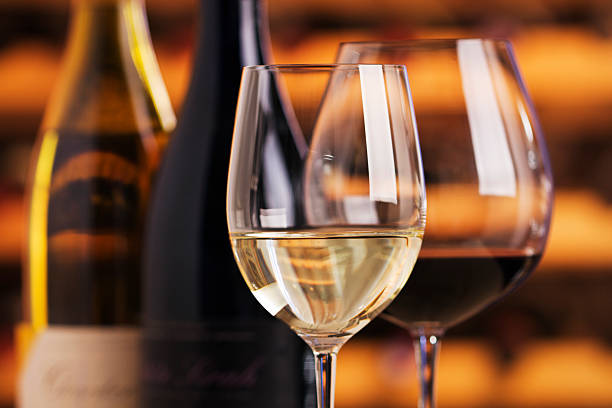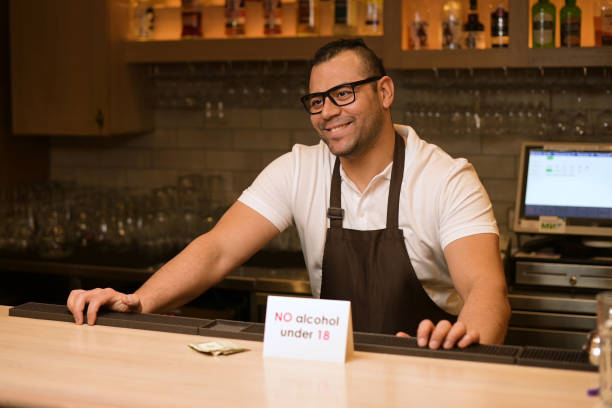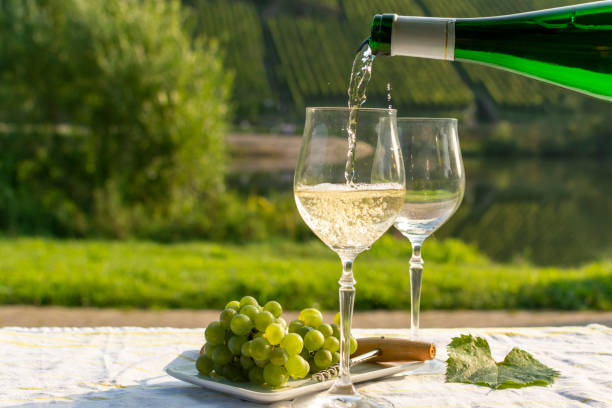Despite facing severe losses and disruption from wildfires and pandemic lockdowns, the wine industry has been surprisingly resilient. According to a Silicon Valley Bank survey, 33 percent of winery owners identified the year 2020 as one of the most challenging years in their history. By the end of the year 2021, it was evident that a large segment of the industry had adapted to the new industry environment, as 29 percent of winery owners reported that 2021 was their best year ever, marking a reversal in perceived conditions relative to the prior year (McMillan, 2022). The ability of the wine industry to innovate and adapt in recent years is proof of its ability to lead through innovation in the face of increasingly volatile and hostile external conditions (Galbreath et al., 2016; Sacchelli et al., 2016; Stasi et al., 2016).
Given the importance and ubiquity of innovation in the wine industry, a large stream of research has attempted to analyze the types of innovation that exist (Gault, 2018), how to define it, and how it manifests itself in the context of the wine industry (Porto-Gomez et al., 2020). In a pioneering effort to take stock of the existing literature on wine industry innovation, Dogru and Peyrefitte (2022) identified 76 research studies through a systematic search in academic journals and research databases. In addition to conducting a systematic literature review, Dogru and Peyrefitte (2022) are the first to use meta-analysis to aggregate the empirical evidence accumulated to date on wine industry innovation.
Textual analysis indicated that the most widely studied types of innovation (in order of frequency) are (1) “green” or eco-innovation, (2) product innovation, (3) marketing innovation, (4) process innovation, and (5) conventional [as opposed to eco-] innovation. The most common keywords in wine innovation studies are (1) wine, (2) sustainability, (3) innovation, (4) information, and (5) performance. These findings are consistent with the bibliometric review of the wine innovation literature by Porto-Gomez et al. (2020), which identified sustainable innovation as the most central type of innovation in the context of the wine industry. However, drawing inferences about a stream of studies by counting the number of studies that report a negative, positive, and insignificant correlation is incorrect. It can lead to erroneous conclusions about the correlation between variables (Hunter & Schmidt, 2004). As a statistical method to aggregate the findings of multiple studies, meta-analysis can provide more robust and conclusive results regarding the magnitude and direction of the relationship between two variables (Hunter & Schmidt, 2004).
Dogru and Peyrefitte (2022) use meta-analysis to estimate the mean weighted average correlation between (a) innovation and (b) absorptive capacity, (c) technology adoption, (d) sustainable practices, and (e) export orientation across 41 studies. Regarding the mean correlations (-) with winery innovation, the strongest correlation is with sustainable practices (i.e., environmental policies, data collection, eco-labeling, renewable energy use) (-=0.54). This finding provides further support for the claim that innovation in the wine industry is mainly related to innovations in wine growing (agriculture) and winemaking (production). There is also a high degree of overlap between, on the one hand, innovation and, on the other hand, absorptive capacity (i.e., R&D, HR quality, patents) (-=0.34) and technology adoption (i.e., winemaking machinery, automation, sensors) (-=0.28). This provides additional support for the hypothesis that innovation in the wine industry is focused on process improvements in agriculture and production. The fact that wineries’ export orientation (i.e., firm exports as a percentage of total sales) has the weakest correlation with innovation (-=0.11) suggests that innovations in sales and marketing are the least relevant innovation type in the wine industry. The results of this meta-analysis also suggest a moderate correlation between winery innovation and financial performance (-=0.29).
A simple yet powerful approach to conceptualizing the intersectoral nature of innovation in the wine industry is the distinction between (1) front-end or consumer-facing innovation (i.e., marketing/sales innovations) and (2) back-end or agricultural and production innovations (Dressler, 2022). The multi-case study of four wine industry establishments in Germany by Dressler (2022) concludes that wineries commonly excel in either (1) front-end or (2) back-end innovation but seldom excel in both areas. The results suggest that German wineries are able to overcome the tradeoff between (1) front-end and (2) back-end innovations through collaboration with industry associations and nonprofit organizations that can link different industry actors and thereby help wineries access the knowledge needed to obtain a balance between front-end and back-end innovation (Dressler, 2022).
The wine industry’s disproportionate focus on innovations in agriculture (winegrowing) and production (winemaking) at the expense of innovations in sales and marketing is reflected in the disconnect between how (a) experts and (b) consumers determine wine quality and value. Wine experts’ preferences in terms of varietals, tanning, aromas, and flavors tend to be correlated with those of other experts (Hopfer & Heymann, 2014) but not with consumers’ preferences (Machado, 2009). Whether the criteria used by expert raters to assess wine quality, such as flavor, aroma intensity, texture, viscosity, and the sugar-to-acid ratio, is relevant for the sales performance of wines is questionable (Francis & Williamson, 2015). For example, recent studies find no relationship between wine prices and wine quality as assessed by wine experts (Culbert et al., 2018; for contradictory findings, see Culbert et al., 2017; Oczkowski & Doucouliagos, 2015). Similarly, a study by Hopfer and Heymann (2014) concluded that “some consumers’ liking patterns are opposite to experts’ quality perceptions” (p. 231).
The importance of understanding how consumers assess the quality of the firm’s wines depends on the importance management places on market success relative to its adherence to the industry’s traditional standards of wine quality. A review of wine sensory evaluation research studies concluded that regarding the “relationship between consumer liking and the quality or preference judgments of experts…. no correlation has been reported between the responses of the two groups” (Francis & Williamson, 2015, p. 562). The discrepancy between wine experts’ preferences and consumer preferences deserves further examination by wine industry managers and researchers.
The use of emotions as a measure of wine quality holds great potential for improving the relevance and accuracy of wine business research. For example, the use of self-reported, explicit measures of wine quality commonly introduces respondent bias into the survey data used by wine business research studies. Data on consumers’ emotional responses to wine consumption collected through the use of implicit measures such as heart rate alterations, facial expressions, and changes in brain activity are automatic and often unconscious, which restricts the influence of respondent biases (Pedroza & Herrell, 2022). As a novel development in wine business research methods, the use of implicit measures of wine quality provides opportunities for researchers to make empirical and theoretical contributions. Despite the benefits of implicit measures of emotions relative to explicit measures, standards and approaches for measuring and interpreting physiological responses to wine-related stimuli are less established than measurement instruments for explicit measures of emotions. Thus, a mixture of both explicit and implicit measures of wine quality is recommended (Pedroza & Herrell, 2022).




